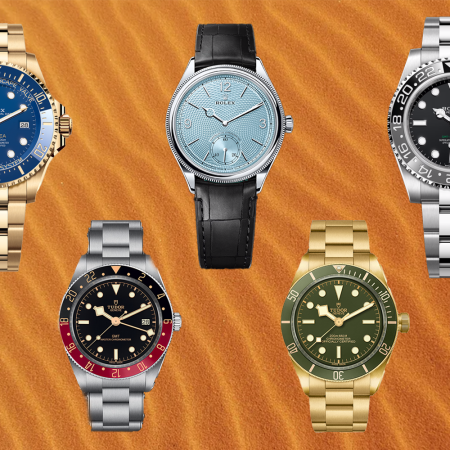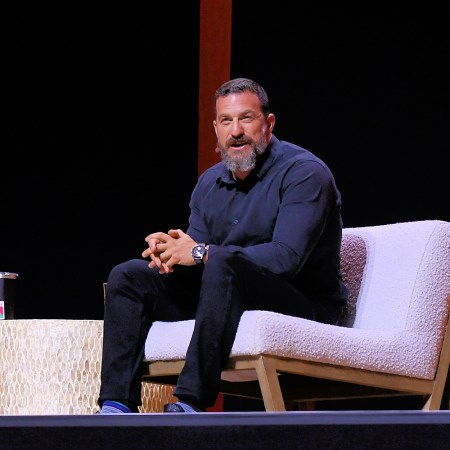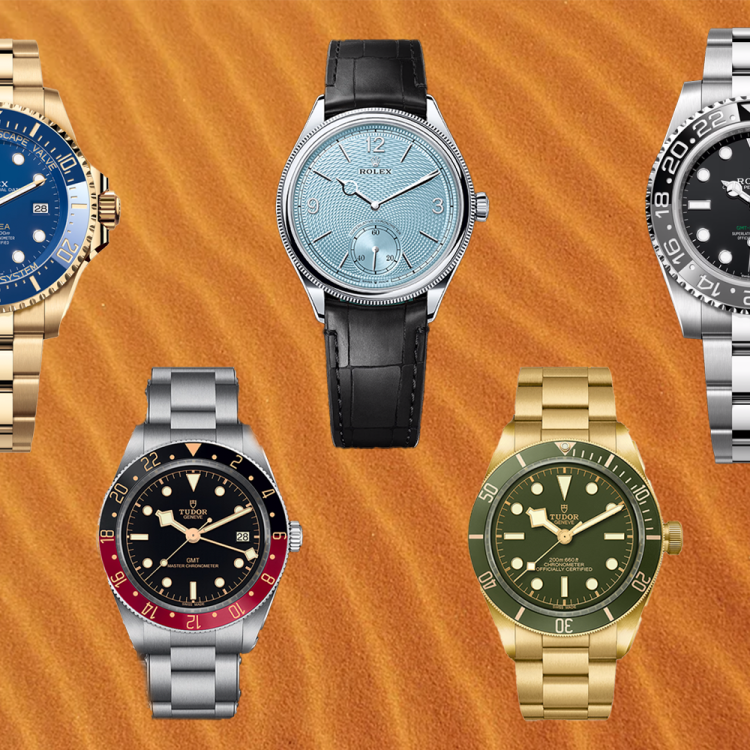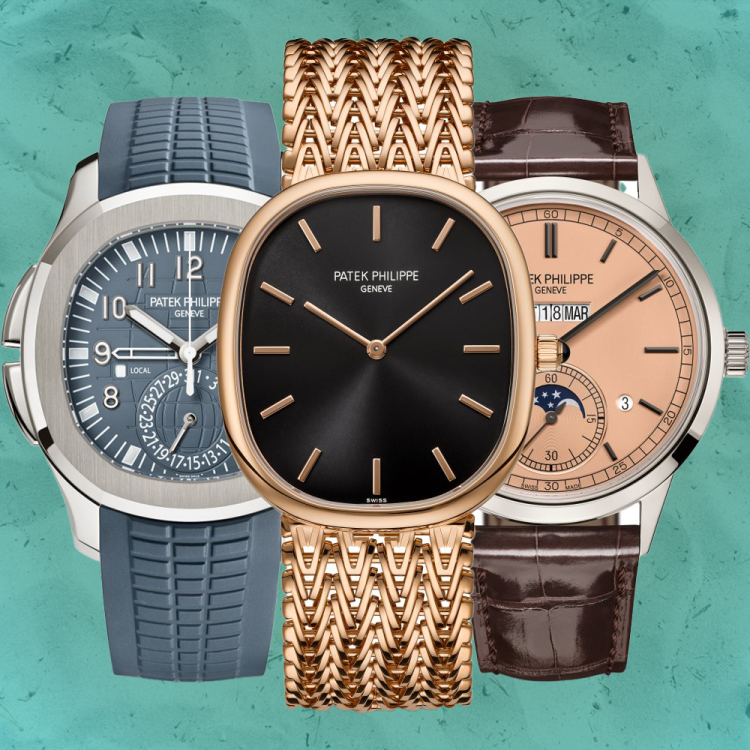Can’t quite swing the $8,500 for a new Rolex Submariner?
Consider going the vintage route.
New watches are nice, sure. But maybe you want a timepiece that already has a history. Or a better price tag. Or the ever-coveted birth-year watch.
In any case, here are a few things every man should learn before going back in time.
1. Confirm Your Watch’s Date of Birth
Say you were born in 1985. A Rolex Submariner born the same year as you — that is, manufactured in 1985 — might be a nice watch to have. But how do you know when the damn thing was made?
That’s where serial numbers come in. A Rolex manufactured in 1985 will have a serial number between roughly 8,600,000 and 8,850,000. It’s an inexact science, but you can find listings of Rolex serial numbers by date all over the web. For instance, here’s a good list.
2. Check the Internal Condition
So you’ve found the pre-owned timepiece you can see wearing for at least the foreseeable future. Now let’s talk about the condition of said timepiece.
The thing is used, right? So it’s gonna come with a little baggage. Scratches, a slightly stretched bracelet, worn strap, somewhat over-polished case from a previous service. These things in moderation are OK; you’re getting a discount, after all.
But the thing to be careful of is the condition of the guts. Has the movement been serviced in the 20, 30 or 40 years since it left the factory? Ideally, yes, at five- to 10-year intervals. Service records can provide the answer, as will a written guarantee from the seller.
3. Fading With Time Isn’t Necessarily Bad
It’s not a city in northern Italy. Rather, a patina is the natural faded paint and lume, dings and other physical evidence that come with a watch life well-lived. Patina is wear in moderation. So it’s a natural extension of condition.
Is that formerly black dial now a rich, dark chocolate? That’s patina. The once bright lume now a weird yellow or orange? Yep, patina. Large gouge on the left side of the case? It might be patina — if the watch spent its life on the wrist of a commercial diver in bygone days. But this one may be veering into poor-condition territory.
Patina is something that can start arguments. One man’s condition issue is another man’s natural aging. Just make sure the patina accurately reflects the age of the watch, and the various elements match each other — e.g., hand and dial lume.
4. Have the Paperwork Lined Up
Provenance means the original box and papers. But really, it means the original buyer’s receipt, service records and replacement documentation verifies the watch is what it — or the seller — claims it is.
The more provenance a watch has, the better you know it. And quite possibly the more it will cost. A LeCoultre Reverso from the 1930s is a great catch. But the one owned by Amelia Earhart is going to cost a bit more. Same with a Rolex worn by Adam Levine, or that Omega Seamaster Daniel Craig wore during the filming of Casino Royale (that watch was a mess — talk about condition issues).
With vintage watches, you may not get much in the way of provenance; people tend to throw the box and the instructions away. But get whatever you can. Full sets are just nice to have.
5. Do Your Research
Nothing beats knowledge. Be sure you know as much as you possibly can about the watch you’re looking for. Blogs like Hodinkee, ABlogtoWatch and Fratellowatches are great. And hang out in the forums. TimeZone, watchuseek, Rolex Forums and Vintage Rolex Forum are the watch universities of the interwebs.
Attend regularly and participate. Enough said.
6. Buy the Seller
This advice is as old as the hills. Know and buy the seller as much as the watch — especially if they’re not a known quantity. A known quantity would be your local jeweler, a respected online source like Chrono24, Crown & Caliber, HQMilton or AnalogShift, or a well-known private dealer like Eric Ku or Matthew Bain.
Yes, eBay can be a good place, but be aware you are a pilgrim in an unholy land. Knowledge is even more paramount when dealing with eBay than anywhere else. Local estate sales might be a better bet.
And finally, the other bit of advice that’s old (and still valid): If the deal is too good to be true, it probably is. When in doubt, pass — or be ready to endure the consequences.
That’s advice that’ll last you a lifetime.
Main image: Slices of Light/Flickr CC
This article was featured in the InsideHook newsletter. Sign up now.






















